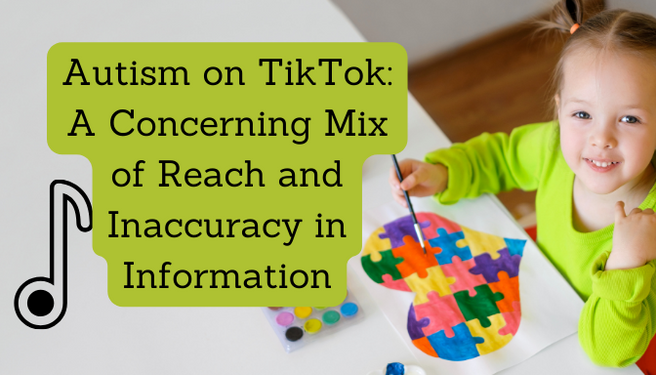Autism Spectrum Disorders (ASD) have been highlighted as a diverse group of conditions affecting social interaction and communication. Here’s a simplified breakdown to help you grasp the key aspects of autism:
1. Diverse Characteristics:
- ASD involves difficulties in social interaction and communication.
- Atypical behaviors include challenges in transitioning between activities, focus on details, and unusual reactions to sensations.
2. Varied Abilities and Needs:
- Abilities and needs of autistic individuals differ widely and can change over time.
- While some can live independently, others require life-long care.
- Autism may impact education, employment, and pose significant demands on families.
3. Early Detection and Co-occurring Conditions:
- Characteristics of autism may be noticed in early childhood but often diagnosed later.
- Co-occurring conditions like epilepsy, depression, and anxiety are common, with varying intellectual functioning levels.
4. Global Impact:
- Approximately 1 in 100 children worldwide is estimated to have autism.
- Prevalence varies, and some studies report figures substantially higher.
- The prevalence in low- and middle-income countries remains unknown.
5. Debunking Vaccine Myths:
- Scientific evidence dismisses claims of vaccines causing autism.
- Extensive research on the measles, mumps, rubella vaccine, and other childhood vaccines concludes no link to autism.
- Investigations into vaccine components like thiomersal and aluminium show no increased risk.
6. Comprehensive Care and Interventions:
- A broad range of interventions, from early childhood to adulthood, can optimize development and well-being.
- Early evidence-based psychosocial interventions improve communication and social interaction.
- Routine monitoring of child development is recommended in maternal and child health care.
7. Complex Healthcare Needs:
- Healthcare needs for individuals with autism are complex, requiring integrated services.
- Collaboration between the health sector, education, employment, and social care is vital.
- Interventions should involve individuals with autism and be designed for inclusivity and support.
8. Human Rights and Inclusivity:
- Autistic individuals have the right to the highest attainable standard of physical and mental health.
- However, stigma and discrimination persist, affecting healthcare, education, and community engagement.
In conclusion, understanding autism is a crucial step towards creating inclusive communities. Increased awareness, support, and accessible services can significantly enhance the quality of life for individuals with autism and their families. Stay informed for more updates on autism and initiatives promoting inclusivity.
Reference:
World Health Organization (accessed on 16 Dec 2023)
Other interesting articles:




